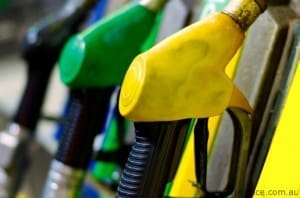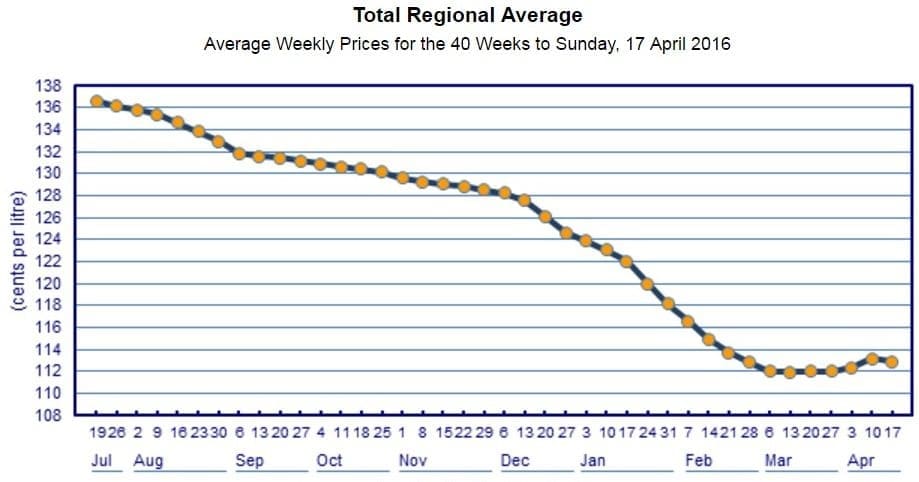THIS year’s cheaper fuel prices have certainly softened the blow for the cattle industry supply chain, which is heavily dependent on diesel to shift stock, pump water and generate power.
But equally, it’s being argued that lower fuel prices are putting more disposable income into consumers’ pockets – some of which, hopefully, is being channelled into beef purchase decisions.
Specialist food market researcher and analyst FreshLogic suggests that the recent drop in petrol prices has afforded consumers more disposable income.
In Melbourne, the average price for unleaded petrol in February 2014 was $1.53 per litre, compared to $0.96 per litre in February this year – a fall of 37pc.
“This sharp drop in price is large enough to make more money available for discretionary spending,” FreshLogic says. “If the 8.3 million occupied households in Australia use an average of 40 litres of petrol per week and can now do so for 50c/litre less, that equates to $20 per week per household and $166m of additional available national expenditure per week,” it says.
Since this insight was compiled, petrol and diesel prices have trended upwards a little, but most forecasts are expecting strong global supply to maintain the pressure on prices and generate the expected household savings, FreshLogic says.
Diesel prices rise slightly, after hitting ten-year lows
 After hitting ten year lows in March, there’s been a small increase in pricing evident in Beef Central’s regular monthly rural diesel fuel price report compiled this morning.
After hitting ten year lows in March, there’s been a small increase in pricing evident in Beef Central’s regular monthly rural diesel fuel price report compiled this morning.
As the graph above shows, diesel prices have plummeted this year, reaching a national average price in rural/regional areas of Australia in March of 112c/litre. They have risen marginally since then, sitting at 112.9c/litre for the week ending 17 April, based on the latest Australian Institute of Petroleum weekly survey.
Pressured by a growing global surplus of fuel oil, poor economic performance in China and Europe and a strong US$, diesel fuel prices have slid sharply since November. At the same time global oil demand growth is forecast to ease considerably in 2016, pulled down by notable economic slowdowns in Europe, China and the US.
Based on current average diesel prices for regional/rural areas of Australia, filling a Toyota Landcruiser 200 series (138 litres, main and auxiliary tanks) today would cost $155.80 – $33.25 less than the same fill back in July last year.
Regional/rural non-metro diesel prices in the latest AIP report for the week ended last Sunday included:
- Victoria 110.5c/litre (up 0.9c since this time last month)
- NSW 114.1c (unchanged)
- Queensland 110.26c (up 0.6c)
- WA 116.9c (down 2.1c)
- SA 112.2c (up 0.6c)
- TAS 118.2c (down 0.4c), and
- NT 122.3c (down 1.7c).
Monthly diesel report notes:
Australian Institute of Petroleum’s reported prices are calculated as a weighted average of retail diesel fuel for non-metro regions in each state/territory. All values include GST.
Variation in fuel prices can have a considerable impact of cost of production across the Australian beef industry, impacting on livestock transport, cost of shipping in live cattle and boxed beef exports, pumping stock water and providing station electricity in remote locations.
Crude oil, diesel and petrol prices are closely linked, as the price of crude oil accounts for the majority of the cost of producing a litre of petrol or diesel. Crude oil is purchased in US$, meaning that changes in the value of the A$ against the US have a direct impact on the relative price of crude oil in A$ terms.




HAVE YOUR SAY